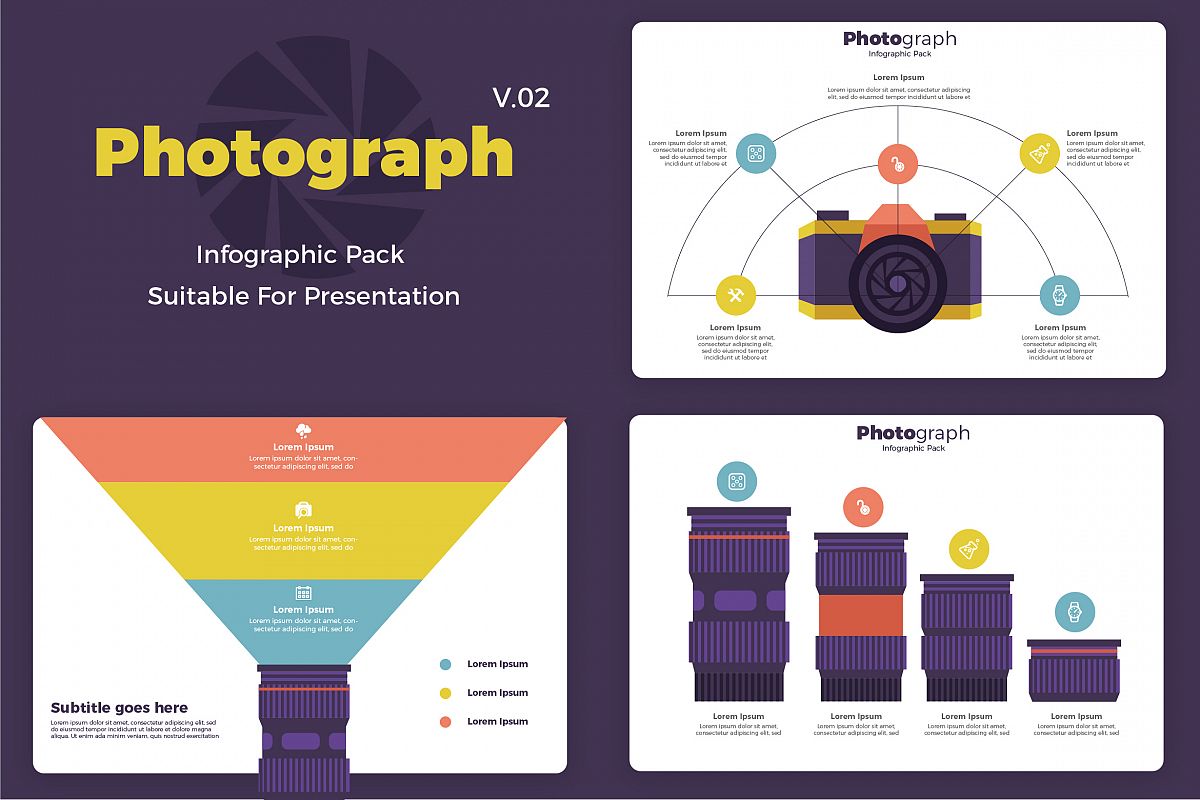What Every Professional Photographer Ought To Know About Illumination
What Every Professional Photographer Ought To Know About Illumination
Blog Article
Material Composed By-From Polat
As a digital photographer, you recognize that lights can make or damage your pictures. Comprehending the nuances of both all-natural and fabricated light is crucial for catching the state of mind and clarity you go for in your work. Whether you're chasing after the perfect golden hour glow or adjust your fabricated arrangements, mastering these elements can boost your digital photography dramatically. However there prevail pitfalls that many ignore, and acknowledging them can transform your approach to every shoot. Let's discover what you could be missing and exactly how it can impact your outcomes.
Comprehending All-natural Light
Recognizing natural light is essential for any photographer looking to improve their work. It's the structure of excellent digital photography, influencing mood, tone, and quality. When you fire outdoors, take notice of the moment of day. The golden hour-- soon after dawn and prior to sunset-- provides soft, cozy light that can change common scenes right into spectacular images.
Do not underestimate the power of cloudy days. Cloud cover diffuses sunshine, producing a soft, even light that's excellent for pictures and macro digital photography. You'll discover shades appear this type of illumination without severe shadows.
Placing matters, as well. Constantly consider your topic's orientation to the light source. If the sun's behind your topic, you might end up with a silhouette, which can be significant but mightn't be what you want. On the other hand, direct sunshine can produce unflattering darkness.
Try out angles; sometimes, transforming your point of view can yield outstanding outcomes. Usage all-natural reflectors, like water or sand, to jump light onto your subject, adding measurement.
Learning Artificial Light
Mastering synthetic light is crucial for photographers who intend to take their skills to the following level. Whether you're using speedlights, workshop strobes, or constant lights, comprehending just how to adjust these resources can significantly improve your pictures.
Begin by familiarizing yourself with the essentials of light top quality, direction, and shade temperature level. Try out various modifiers like softboxes, umbrellas, or grids to regulate the softness or violence of the light.
You'll find that soft light often produces flattering outcomes, while harsher light can add dramatization and deepness. Don't shy away from darkness; they can enhance the three-dimensionality of your topics.
Pay close attention to the placement of your lights. https://telegra.ph/Exactly-How-To-Discover-Your-Unique-Style-As-A-Digital-Photographer-01-08 positioned also near to your topic can develop unflattering outcomes, while as well far away can cause a lack of detail. Utilize a light meter or your electronic camera's histogram to guarantee you're revealing appropriately.
Last but not least, remember that artificial light can be mixed with ambient light for imaginative results. Balancing these resources may take technique, but once you master it, your digital photography will truly shine.
Methods for Different Situations
When you enter different shooting situations, adapting your illumination methods is essential for capturing the most effective pictures. For outdoor pictures, use the golden hour-- morning or late afternoon light-- to soften darkness and boost skin tones.
If it's a harsh noontime sunlight, take into consideration utilizing a reflector to jump light back onto your topic or look for shaded areas for a more even exposure.
In low-light scenarios, like indoor events, enhance your ISO and use a large aperture to allow in even more light. visit my webpage can help eliminate video camera shake, enabling longer exposures without blurring.
If you're shooting at evening, try out off-camera flash to produce vibrant lighting and depth in your photos.
For product photography, use diffused lighting to prevent harsh representations. Softboxes or light camping tents can aid achieve this effect.
When photographing landscapes, think about the direction of light and time of day, as it can considerably change the state of mind of your shot.
Always be ready to readjust your settings and placing based on the circumstance, as versatility is crucial to grasping lights in digital photography.
Final thought
In conclusion, grasping lighting is crucial to elevating your digital photography skills. Embrace natural light's charm throughout gold hour, and don't avoid trying out fabricated light strategies. By adapting your strategy to different scenarios, you'll catch sensational pictures that resonate with feeling and quality. Bear in mind, the best lighting can change a common shot into something extraordinary, so maintain practicing and refining your understanding of both natural and synthetic light. Pleased shooting!
